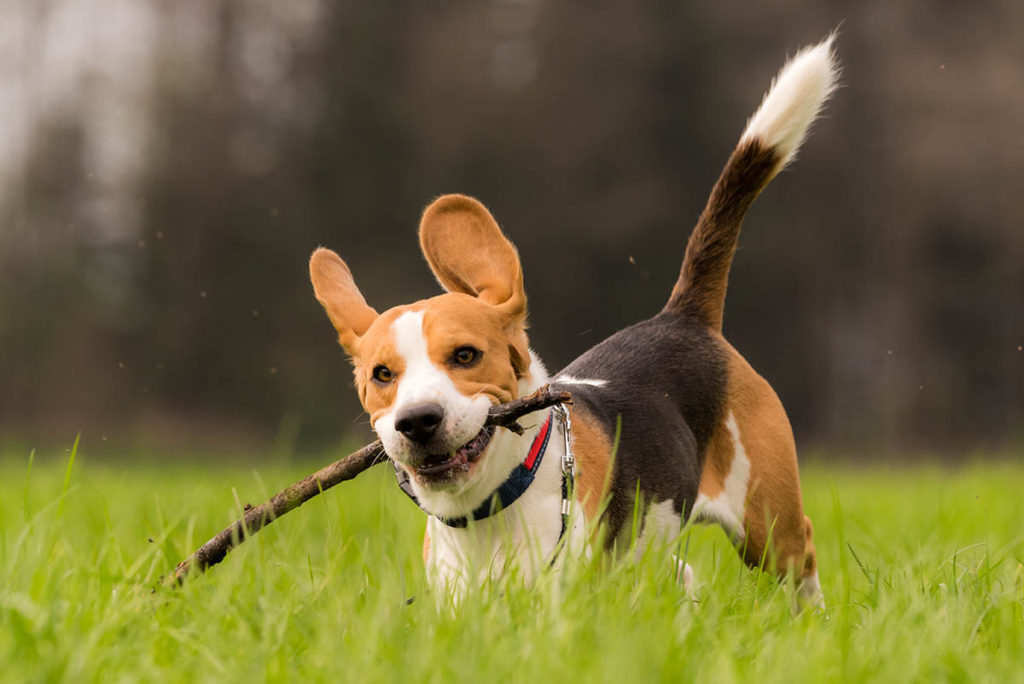There are so many ways to teach your pup not to jump on guests or people – but one way is by asking your dog or puppy for a shoulder target in order to get pets.
When your dog or puppy is jumping on you – they want one thing…attention!
By teaching a shoulder target, we are simply teaching a behavior incompatible with jumping to get what they want – your pets and attention!
Read below (or watch the video) for step-by-step instructions on how to teach your pup a shoulder target.
Step One: Lure your pup to face parallel to you, and mark (we’re not asking for any shoulder contact yet)
I personally LOVE using the Clicker Ring since it’s a lot easier to use than a standard clicker; however, a verbal marker or a standard clicker will work as well.
Simply guide their body using the treat to get them to face parallel to you.
Step Two: Click for your dog or puppy’s shoulder making contact with your leg
At this stage you can stick your leg out slightly and guide the treat so that their shoulder touches your leg. Click & reward for their shoulder making contact with your leg.
Sometime during stage two, you can move to luring without actually holding the treat in your hand.
Step Three: Encourage them to apply pressure by adding scratches
Give your pup shoulder scratches which will encourage them to lean into you. This is exactly what we want – the more they can lean in and apply pressure, the less likely they are to jump on you.
Step Four: The second you stop scratching and they’re still leaning in on their own, mark and reward
Start exactly as you do with step three, but when you stop scratching, click & mark them to continuing to lean and apply pressure.
Step Five: Move to just a hand signal pointing to the side
Rather than luring and guiding them, slowly decrease to just a hand signal.
In other words, you will just point and sweep to the side. If your pup doesn’t get it, move back to luring but slowly decrease the amount you lure.
Step Six: Add in the verbal cue
When adding a verbal cue, always use the new cue (verbal) first, PAUSE then the hand signal. If you do both at the same time, something called “blocking” will occur. This means your pup is so focused on the lure, they won’t notice or even be aware of the verbal cue.
Step Seven: Add duration
To add duration, simply just continuously treat and then use your release word (i.e, ‘all done’ or ‘free’) to let them know they are done. Slowly decrease the rate of treats until they’re able to hold for several seconds at a time on their own.
